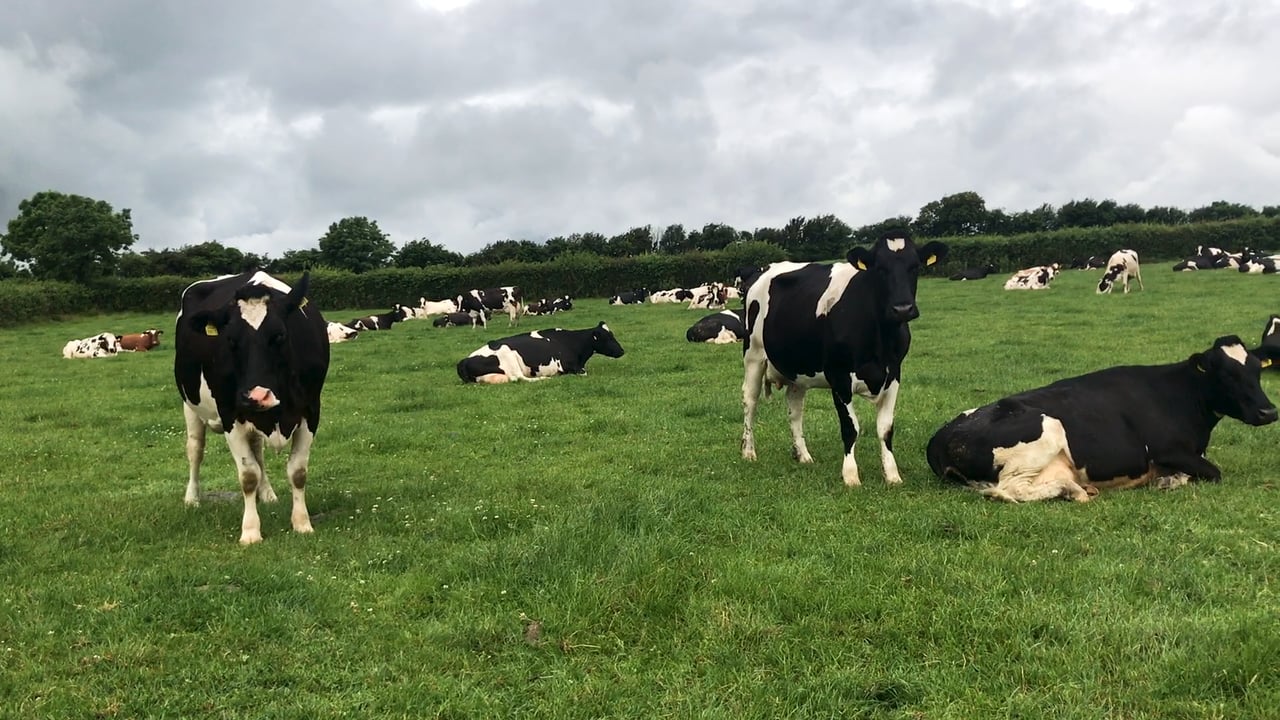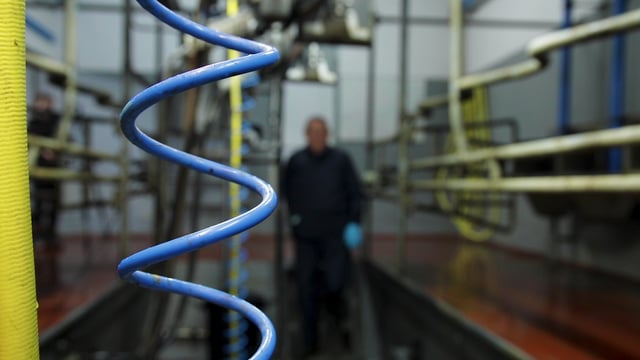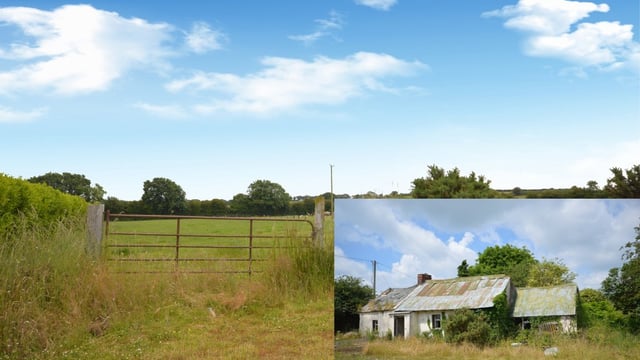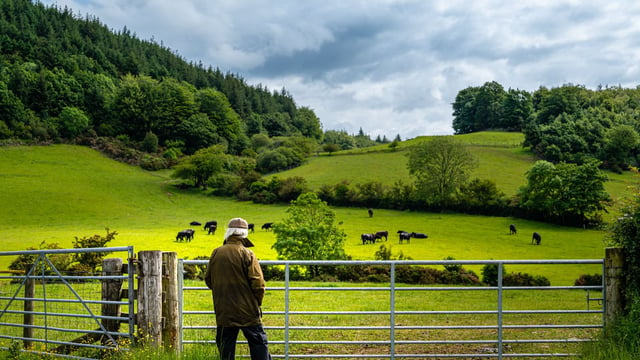aAa breeding: Using physical attributes to breed the next generation
On a number of Agriland's recent Dairy Focus visits, some farmers have mentioned using the aAa breeding tool to match sires with cows in their herds.
The aAa breeding tool was founded in 1950 by Bill Weeks. He was a prominent Holstein cattle breeder and classification inspector.
Bill developed the aAa breeding tool to analyse the structural make-up of cows, with the aim to breed a healthier, better balanced cow with improved longevity.
The aAa breeding tool is broken down into six factors. It relies on physical attributes solely, with no genetic merit taken into consideration.
Both cows and bulls are assessed on the same six factors.
The aim of the system is to achieve a balance between enough roundness (to live) and enough sharpness (to milk high yields).
The six factors, and examples of what they take into account, are as follows:
The six numbers describe desirable qualities. It is not possible for an animal to be too 'dairy' or too 'tall'.
However, the problem is when a cow is extreme one way, she is usually extreme in another trait. If a cow is extremely tall (a positive quality) she may also be extremely narrow (a problem).
Cows are assessed on the qualities they lack in order of severity, while bulls are ranked on the attributes they will bring to mating.
So a 4,3,2 cow should be mated to a 4,3,2 bull - to obtain the desired traits in their offspring.
Bill believed that a lack of quality in one area can lead to reduced performance in other areas. The relationship of parts is a key part of aAa breeding tool.
The aAa tool is not breed specific, so it works well when cross-breeding. One of the herds Agriland visited was using Montbeliarde bulls to achieve its breeding goals.
The majority of the cows within the herd were pedigree Holstein, but they were unable to obtain round bulls within the breed to mate with their sharp cows.





